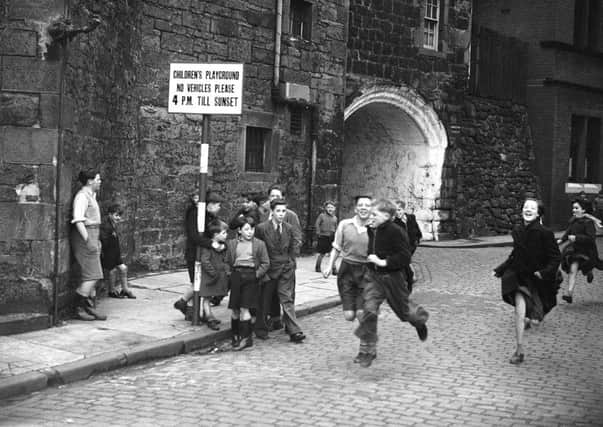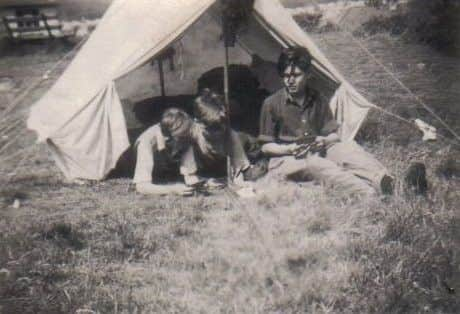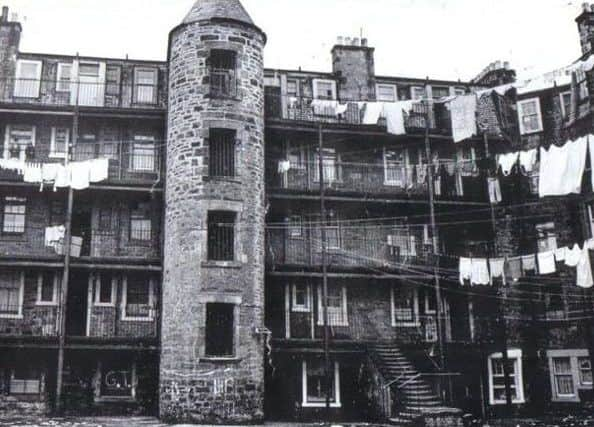New TV series sheds light on Leith in the 1930s


Former Evening News contributor Frank Ferri shares his recollections of a time when youngsters had the freedom to roam in a new BBC series, Growing Up in Scotland: A Century of Childhood, which begins tomorrow.
The series is an exploration of the last 100 years of childhood – a dramatic period when children went from being seen but not heard to modern times, when children are the very centre of their parents’ lives – from a Scottish perspective.
Advertisement
Hide AdAdvertisement
Hide AdFrank, 81, features in the second part of the series, when the emphasis is on home. In the first decades of the 20th century, many Scottish children lived in poverty, but were allowed out to explore as far as their imagination and the local trams would take them.


Frank, who was brought up on Ballantyne Road, just off Great Junction Street, reflects on his childhood in Leith, having amazingly dangerous and unfettered fun, dodging trams and emulating fights from the movies with sticks as swords.
Frank remembers: “For devilment, you’d just sort of jump on a tram and hold onto the handrail for a few hundred yards and then jump off.
“Occasionally, the conductor would grab hold of you and force you to pay a penny and keep you on for longer than you had intended.”
Advertisement
Hide AdAdvertisement
Hide AdBut the trams also gave Frank and his pals the freedom to explore the city in a way that would terrify most 21st century parents. “You would just jump on a tram with your mates and go for a wee tram run.”


With 14 tram lines crossing the city at the time there were plenty of opportunities. “You could take a tram to the Braid Hills, light a wee stove, you had your wee Tate and Lyle tin which you used to boil some water in, some loose tea leaves and sugar and make yourself a pot of tea.
“That was the countryside to us in those days, that’s where we saw livestock, sheep and things like this.”
Back home in Leith, Frank describes how he and his friends amused themselves. “A spike from an old railing became your javelin, a slate from a roof became your discus, a huge brick was your shot-put.
Advertisement
Hide AdAdvertisement
Hide Ad“We used to pinch the slats from a barrel, strap them to your feet when there was a wee bit of snow and try to pretend they were skis. Or you would take the iron rungs from the barrel, called a girder and a stick and that kept you amused for hours.


“Your parents never saw you whatsoever until you were hungry.
“You would shout up to the window: ‘Ma, give me a piece of jam’ so she would wrap a piece of jam in a piece of newspaper and throw it over and you would continue playing until it was teatime but in the summer your mum never saw you.”
Growing up in Scotland: A Century of Childhood, starts BBC Two Scotland, tomorrow at 9pm